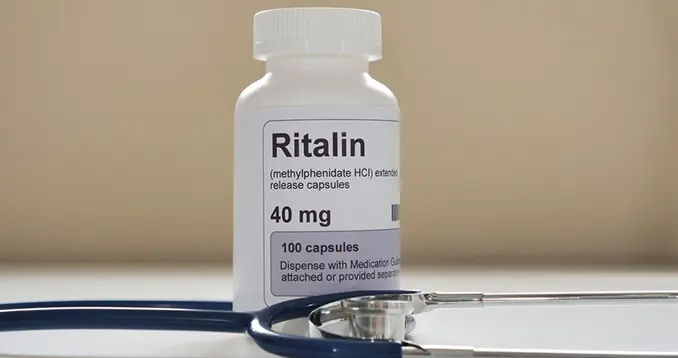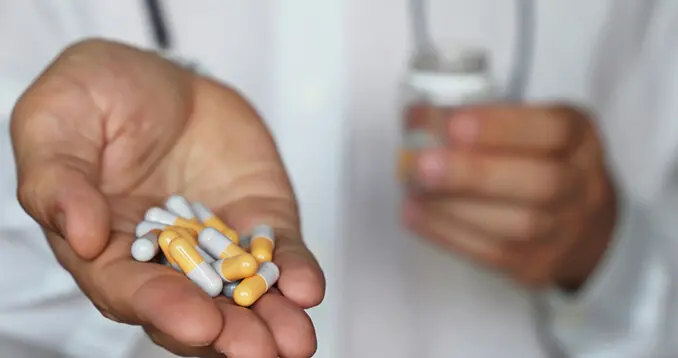Ritalin Abuse and Addiction
Ritalin is a stimulant that increases dopamine levels in the brain. People use Ritalin for many reasons. Some use it for weight loss, while others use it to focus. Sometimes it is also used to stay awake. It is known as the smart drug, as it makes one feel focused and energetic. Due to this, it is often used in schools and colleges. Ritalin abuse occurs every time a person uses the drug without a prescription.
It is commonly believed that Ritalin is a mild drug as it is mostly prescribed to toddlers and young children; this is why a lot of people end up abusing it. However, Ritalin is highly addictive, and this addiction can be dangerous. Experts believe that even with proper prescriptions, people are capable of abusing the drug. Ritalin addiction is often compared to cocaine addiction. People sometimes end up crushing Ritalin pills and snorting the powder.
Signs of Ritalin Use
There are many signs and behaviors that one exhibits when using Ritalin. Some signs include; anxiety, talking too fast, panic attacks, loss of appetite, sweating, headaches, insomnia, hyperactivity, problems with sight, paranoia, hallucinations, and mood swings Using Ritalin can also cause one to feel extremely depressed and fatigued. If such behavior is exhibited, it is best to have an intervention and seek help. Ritalin addiction also causes a change in behavioral patterns, and the person can become more secretive and avoid family and friends. If a person develops a tolerance to the drug, they start consuming higher doses. It can cause depersonalization, where a person feels that their thoughts and feelings are not their own. It can also lead to hallucinations, and an intervention is necessary if such chronic signs are observed.
Withdrawal Symptoms
When a person who has been abusing Ritalin delays a dose, they may experience withdrawal symptoms. The most noticeable sign is the crash; this happens right after the last dose starts to lose its effect. A person in this state feels fatigued and has difficulty concentrating. A person also gets headaches, nausea, and even anorexia and insomnia. The headaches, nausea, and insomnia can last for up to a week, while the anorexia lasts for a longer period. Withdrawals that occur in clinics are also similar in nature. During the first 72 hours, a person can experience mood swings, fatigue, fluctuating heartbeat, and drug cravings. During the first week, a person is severely exhausted and can have disturbed sleep patterns. It is also the time when a person’s appetite increases and he may get depressed. It takes around two weeks for the physical detoxification to take place, after which psychological symptoms become much more obvious. It is when the person is at risk of relapse and even an overdose and requires constant surveillance.


Get The Treatment You Need and Deserve
Elevate Recovery Center stands at the forefront of addiction treatment, demonstrating a track record of effectively supporting long-term recovery. Our dedicated team of renowned clinical and medical professionals excels in addressing addiction, often in conjunction with mental health concerns, to provide personalized care for each individual in our program. Call us – we’re available 24/day, 7 days/week.
Treatment for Ritalin Addiction
Treatment for Ritalin addiction is done in many ways. Detoxification is an indispensable part of the process. It is often the first step in the treatment process, as well. This stage makes the person feel depressed and suicidal. Medical intervention with Ritalin is different from other drugs as there are no proper drugs that can be given as a replacement. It is why the person slowly tapers down their use of Ritalin instead of withdrawing completely. Inpatient and outpatient facilities both are available for the treatment of Ritalin addiction.
A person usually stays for around a month in an inpatient facility, whereas, a person opting for outpatient treatment has to check in the facility every day. Other than physical detoxification, therapy and counseling play an essential role in recovery. Some facilities use group therapy and specialized programs. These specialized programs can include Cognitive-behavioral Therapy (CBT) and Motivational Interviewing (MI). If you are struggling with a Ritalin addiction, it is best to get help.
Ritalin addiction is dangerous, and trying to get rid of it alone can be harmful. We are here to offer you a helping hand as you take on this journey. Please feel free to reach out instead of struggling, and we will make sure to provide you with the best services and treatments. Together we can fight your drug addiction and work towards making you a healthier and happier person.



